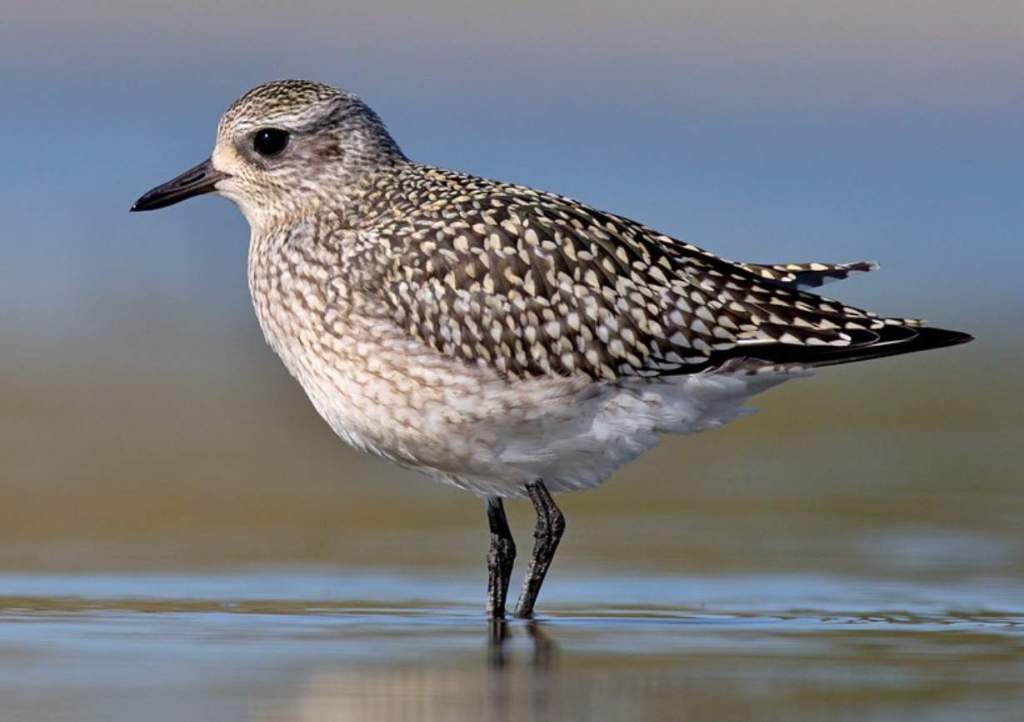Description:
The beautiful Masked Tityra (Tityra semifasciata) is a frugivore of tropical lowlands and is ostensibly resident in the tropical lowlands and foothills of Mexico, to about 300 km (180 miles) of TX. However, like other ‘resident’ tropical frugivores, such as Social Flycatcher. However, Tityras wander on occasion, as with one that appeared on a ship 70 km out in the Pacific off Costa Rica.
Size:
Masked Tityra is a medium-sized passerine bird, the average size of the bird is around 21.5–24 cm (8.5–9.5”)
Taxonomy:
9 ssp, differing slightly in size and plumage, especially among females. Males of the 2 n. ssp similar, but female griseiceps of w. Mexico has a gray head and back, female personata of e. Mexico has a dark brownish head and back. N American record most likely pertains to personata.

Distribution and Status:
Masked Tityra is mostly found in forest and woodland from tropical Mexico to Amazonia and Central America, to northwestern and central South America as far south as Paraguay.
Field Identification:
This is a distinctive, chunky, and boldly patterned bird unlike any regularly occurring species in N America.
Similar Species:
None in North America; this striking species should draw attention if it ever ranges north again.
Age/Sex/Season:
Ages and sexes differ, with adult appearance attained in one year; no seasonal variation. Molts are not well known. Adult male: Pale-gray head and back with bold black mask setting off the pink orbital ring. Adult female: Dark gray-brown head and brownish back, no black mask. 1st-year:
The juvenile plumage held briefly, unlikely in the U.S. resembles a female but whitish tail tip narrower. Following partial performative molt in late summer-fall, the male still resembles the female but has slightly paler and grayer upper-parts and some birds develop traces of black mask in spring.

Habitat and Behavior:
This bird’s habitat and behavior is woodland, forest, and edge, adjacent semi-open areas with hedgerows and fruiting trees. Usually at upper to mid-levels in fruiting trees, where it may remain quiet for long periods, hopping about sluggishly and occasionally hovering to pluck berries. In-flight, slightly undulating progression and compact shape may suggest a woodpecker.
Sounds/Calls/Songs
This species has distinctive calls/sounds, including low wet quacks, often in short series, rruk rruk or zzr zzrt and rr-rr-rrk. The voice of the tityra is decidedly sunbird like and resembles that of no other feathered creature. To call its utterance a very low grunt conveys only an approximate notion of its quality.
At times, the tityra’s notes are drier, more insect-like. To appreciate their oddness, one must hear them, after which he is not likely to confuse them with the calls of any other bird. Tityras have an extremely limited vocabulary, and if they possess any softer or more melodious notes failed to hear them.

See Also, Eastern Phoebe – Small Passerine Bird






